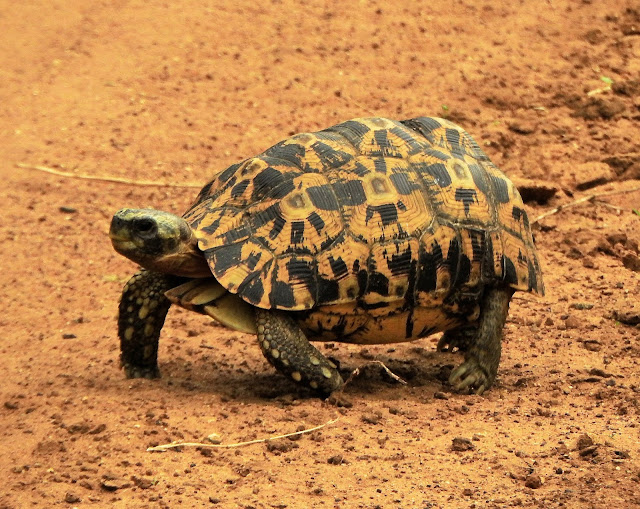The Senegal lapwing, also known as the lesser black-winged lapwing, bears the scientific name Vanellus lugubris. This bird is a member of the Charadriidae family, which is known for its diverse group of shorebirds.
A small, dour, gray-brown lapwing with a white belly and a well-defined white patch on the forehead. In flight it has a distinctive white wedge on the back of the inner wing. Small groups scurry over open dry savanna and short-grass plains below 1600 m, looking for insects. It moves to areas experiencing bush fires as it prefers breeding in recently burned grasslands. It can be surprisingly unobtrusive, but the loud two-note “chi-whoo” call often gives it away. The similar Black-winged Lapwing differs by preferring high-altitude grassland and cultivation above 1300 m and in being larger, having reddish (not dark) legs, a larger, diffuse forehead patch, and a dark edge to the back of the inner wing.
To identify the Senegal lapwing, look for its distinctive features which include a robust body, a short tail, and relatively long legs. Its plumage is generally cryptic, allowing it to blend into its grassland habitat.
The Senegal lapwing favors open grassy environments. These habitats provide the necessary conditions for foraging and nesting, away from the dense cover of forests.
This species is an intra-African migrant that may undertake regular seasonal movements or more irregular movements related to the occurrence of brush fires (del Hoyo et al. 1996). Some populations also remain largely sedentary (del Hoyo et al. 1996). It breeds in loosely colonial groups with several pairs scattered over a small area, the timing of breeding varying geographically (del Hoyo et al. 1996). The species is gregarious throughout the year (Urban et al. 1986), usually foraging in flocks of 5-10 individuals and migrating in large flocks (del Hoyo et al. 1996). Habitat The species inhabits dry, open habitats (del Hoyo et al. 1996) such as lightly wooded savannas, open grassland with bushes and scrub, patches of burnt grass in Accacia spp. woodland and sparsely vegetated short grassland (Urban et al. 1986). It shows a strong preference for burnt grassland with newly sprouted grass (del Hoyo et al. 1996) especially if this is in the vicinity of water (Hayman et al. 1986). Other habitats frequented include cultivated land, airfields (del Hoyo et al. 1996), pastures (Urban et al. 1986) and the margins of lakes and rivers (del Hoyo et al. 1996). Diet Its diet consists of adult and larval insects (especially beetles) and other small invertebrates as well as grass seeds (del Hoyo et al. 1996). Breeding site The nest is a scrape or depression positioned on burnt ground with newly sprouting grass, on bare patches in grassland or on ploughed land (del Hoyo et al. 1996).
This species has a broad range across the African continent. It can be found in countries such as Angola, Burundi, Cameroon, both Congos, Ivory Coast, Eswatini, Gabon, Gambia, Ghana, Guinea, Kenya, Liberia, Malawi, Mali, Mozambique, Nigeria, Rwanda, Senegal, Sierra Leone, Somalia, South Africa, Tanzania, Togo, Uganda, Zambia, and Zimbabwe.
The Senegal lapwing exhibits typical lapwing behaviors, which include foraging for food on the ground and displaying territorial actions during the breeding season.
The IUCN Red List has classified the Senegal lapwing as Least Concern. This indicates that, currently, there are no immediate threats to the population levels of this species that would warrant a higher level of concern.












%2020.jpg)



%2020.jpg)
%2020.jpg)
%2022.jpg)



%2020.jpg)
%2021.jpg)

%2020.jpg)



%2020.jpg)
%2021.jpg)





%2021.jpg)